Thanks to our many years of experience in the field of surface treatment and surface coating, we are the ideal service provider in the field of contract electroplating. We focus particularly on the individual requirements of our customers. When selecting the surface treatment, we take into account the intended use, corrosion protection, function and decorative appearance. Using special process technologies, we guarantee optimum surface finishing of components in rack or drum processes, even for partial coatings and geometrically complex parts.
We treat the surfaces of parts according to customer requirements for various applications and industries:
Automotive industry | Medical technology | Jewellery and watch industry | PCB industry | Equipment and systems engineering
We specialize in the galvanic surface coating of parts and components. The supplied components can be surface-treated as follows:
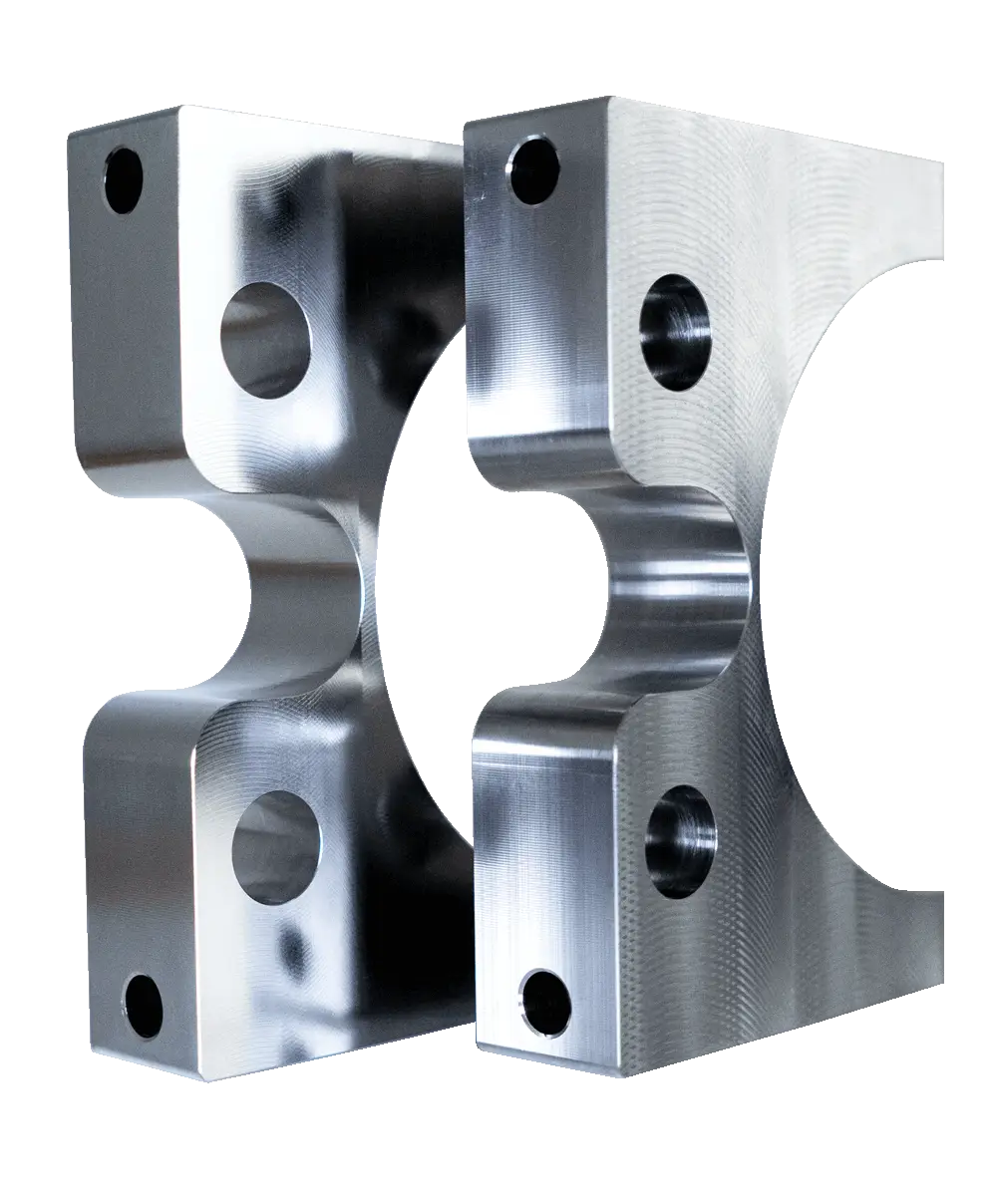
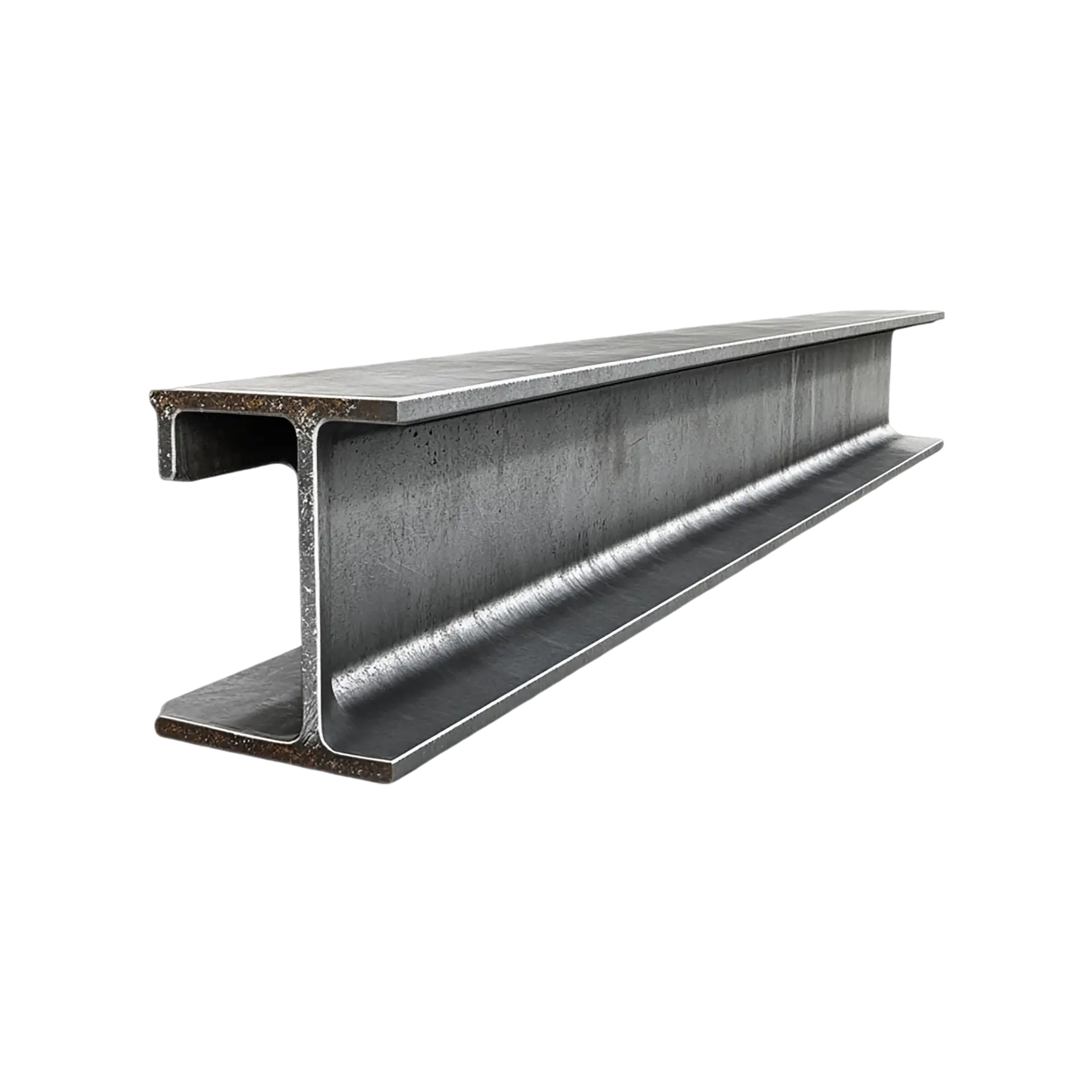
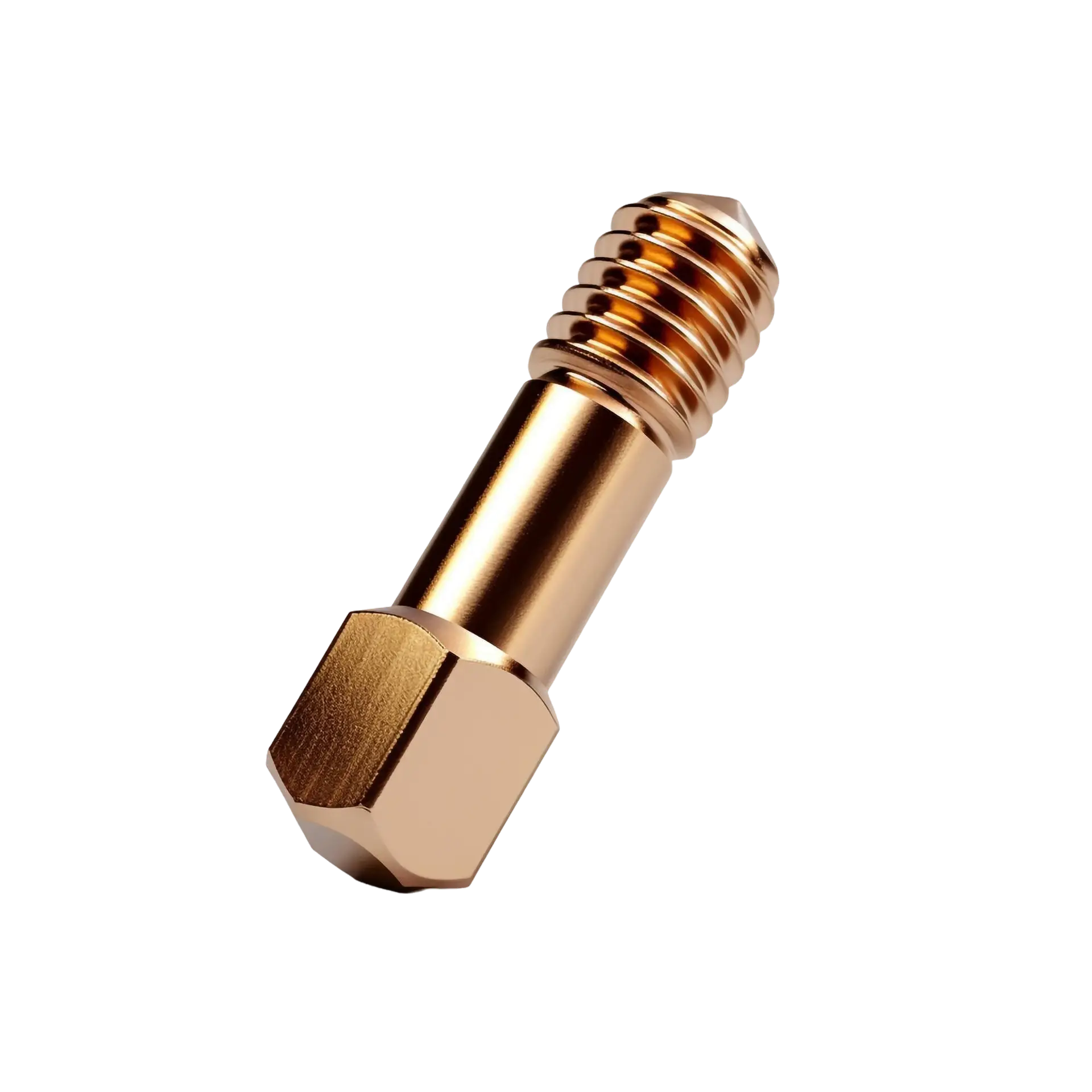
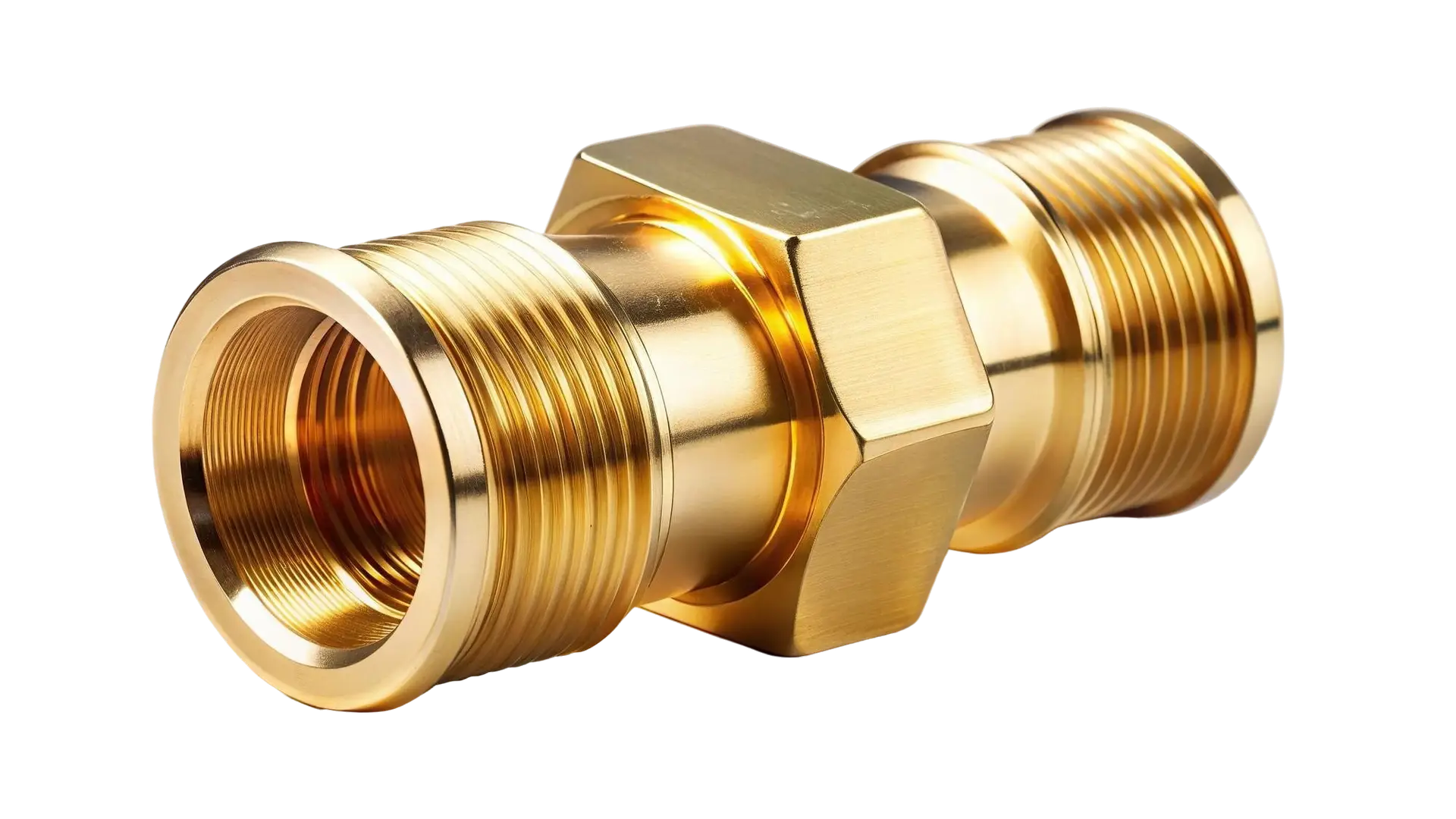
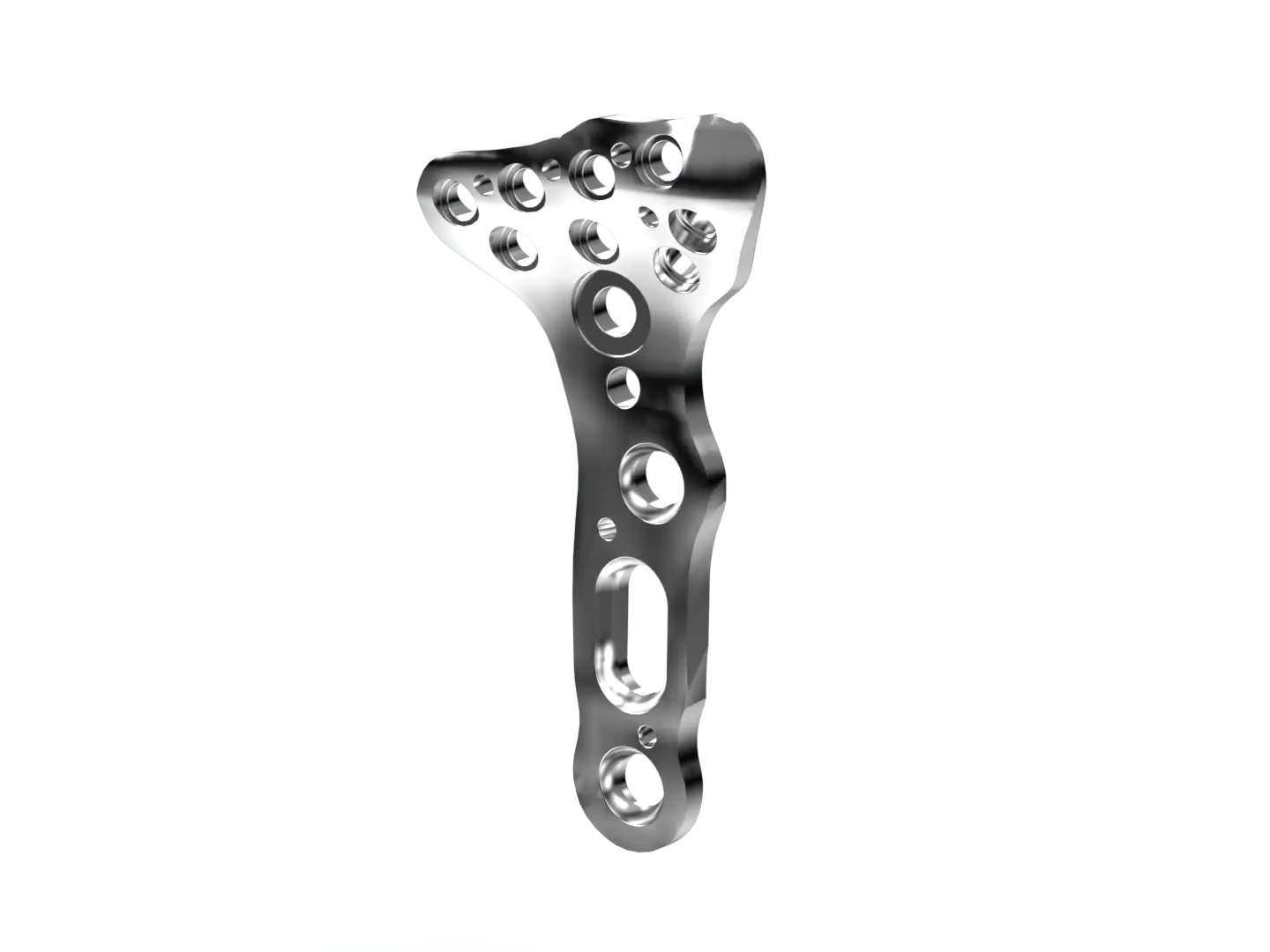
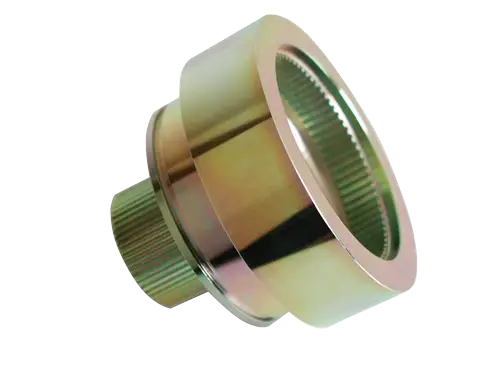
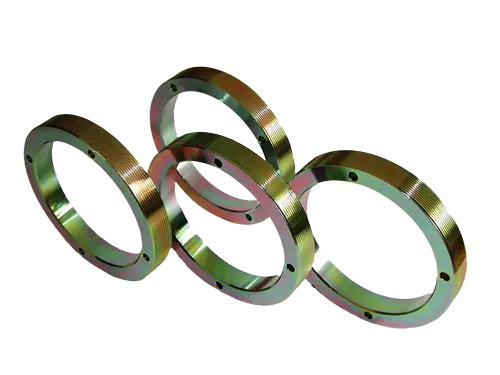
Decapitation is immersion in an acid solution to remove thin layers of tarnish and to activate metallic surfaces. Decapitation is used after degreasing surfaces in alkaline solutions to neutralize them.
Before placing workpieces in an electrolyte, especially after a previous pre-treatment, an immersion process in an acidic solution is usually carried out. Decapitation is intended to facilitate the removal of alkaline electrolyte residues, prepare the surface for the subsequent process and, above all, remove passive and oxide films.
Chemical and anodic pickling process for removing tarnish, scale and other surface impurities.
Materials:
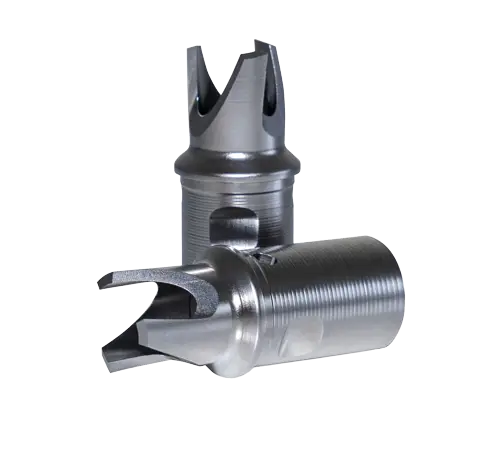
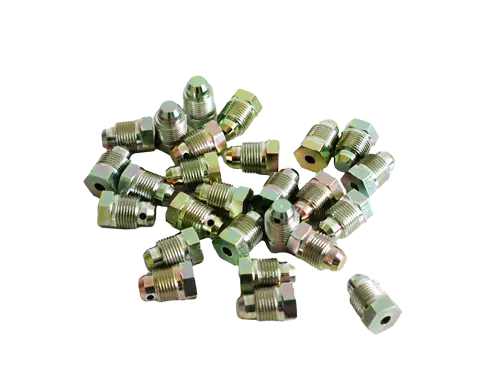
Galvanic zinc coatings are used as a corrosion protection layer on ferrous materials. The metal is characterised by good environmental and biological compatibility and high cost-effectiveness. The coating can be applied to large parts that are individually fixed during the process as well as to small mass parts (bulk goods) that are processed in baskets or drums. The usual layer thicknesses range from approximately 5 μm to up to 30 μm.
Electroplated tin and tin coatings are used due to their good corrosion resistance, solderability and self-lubricating properties, which are required for bearings. The usual layer thicknesses of the coatings are between around 0.5 μm and up to 30 μm.
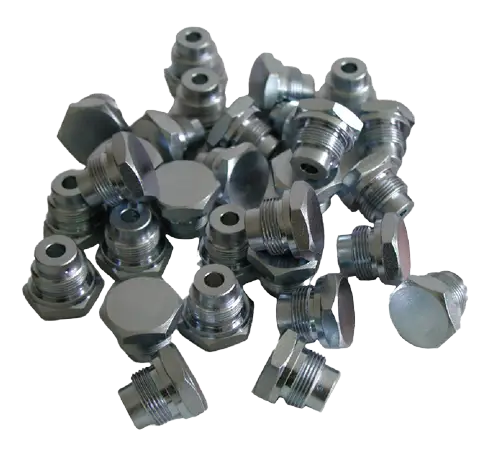
The basic tendency of galvanized steel surfaces to white corrosion can be significantly reduced by chromating. It is an essential post-treatment step in the galvanizing process. In addition to the original yellow chromating, we offer blue. Olive and black chromating as further coating systems. In addition to corrosion protection, these coatings also have a decorative effect.
The layer thicknesses of the chromates are between 0.1 and a maximum of 2 μm. They are also very suitable as adhesion promoters for post-treatment with paints or plastic coatings.
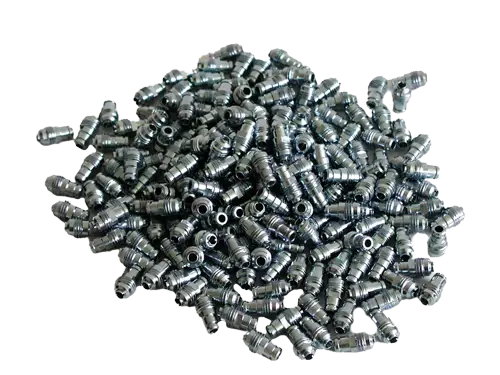
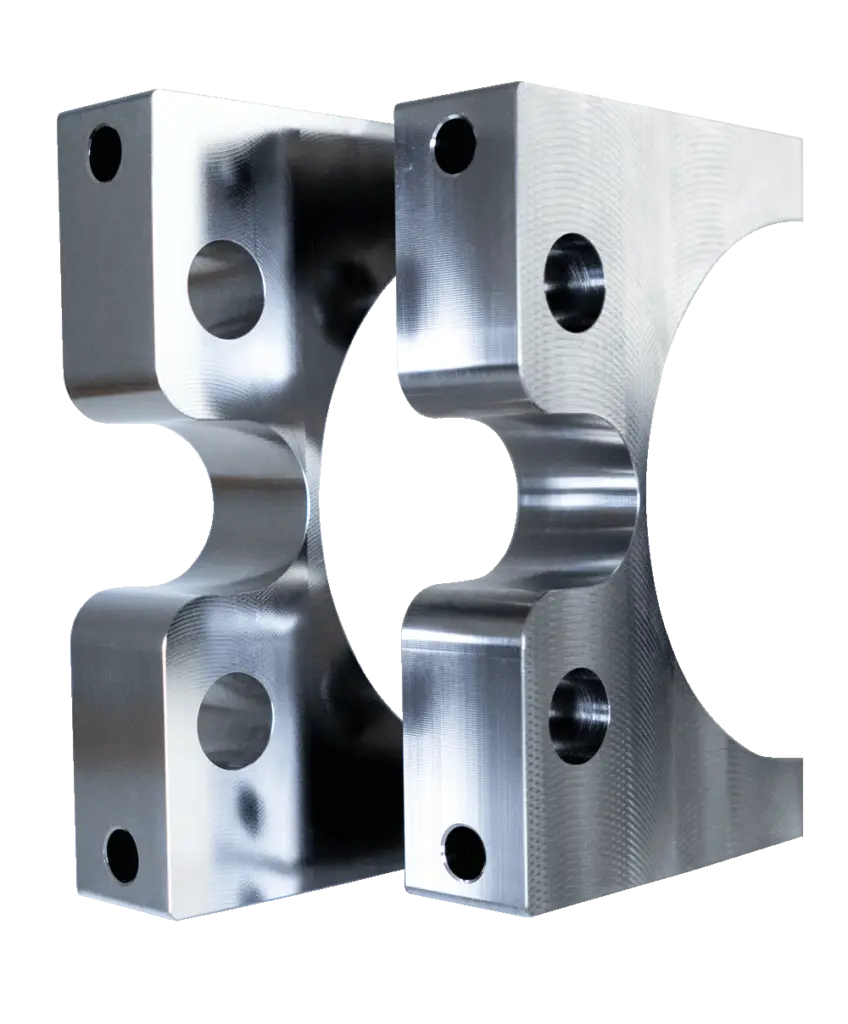
Electrochemical process for surface ablation on
metals. The surfaces are polished, cleaned and deburred.
Materials:
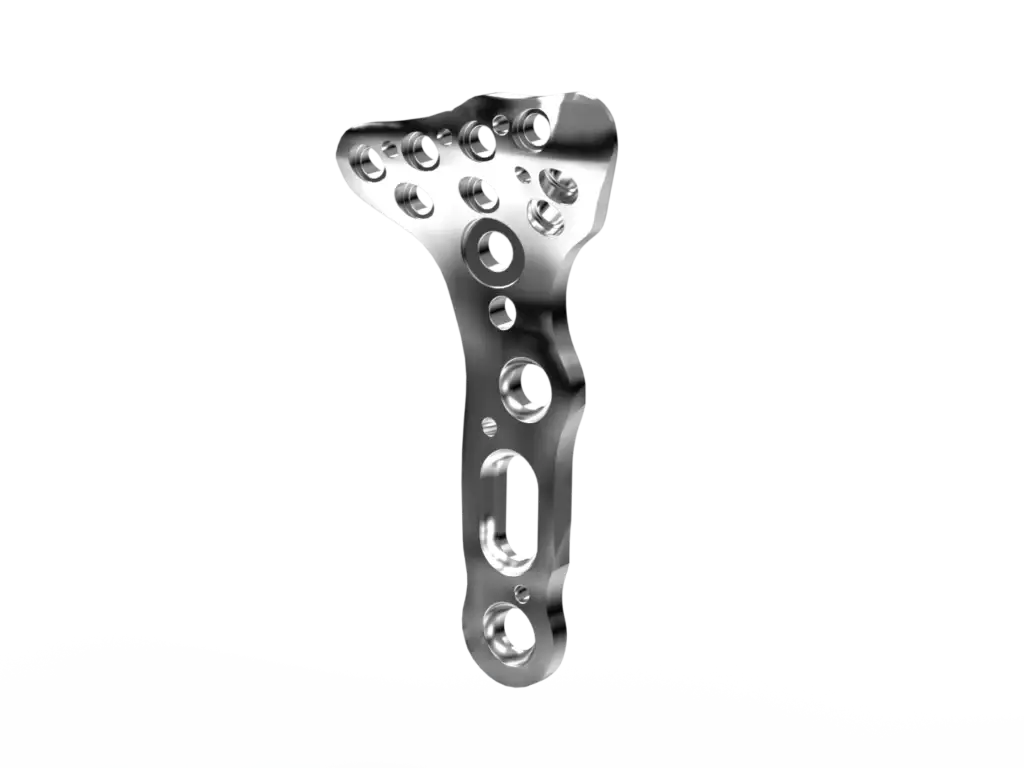
Electrochemical process for surface ablation on
metals. The surfaces are polished, cleaned and deburred.
Materials:
Chemical process for surface removal on metals and is used for controlled chemical deburring and smoothing of the surface. For processing, the parts are immersed in the process bath loosely in baskets, drums or individually on racks.
Materials:
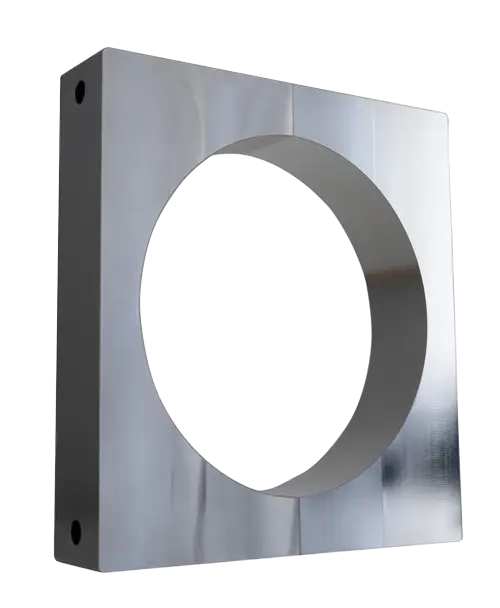
Chemical production of a protective layer on a metallic material which prevents or significantly slows down the corrosion of the base material.
Passivation of stainless steel surfaces chemically creates a passive layer to improve the corrosion resistance of the material. Recommended for components that are subject to high chemical stress after pickling or electropolishing.
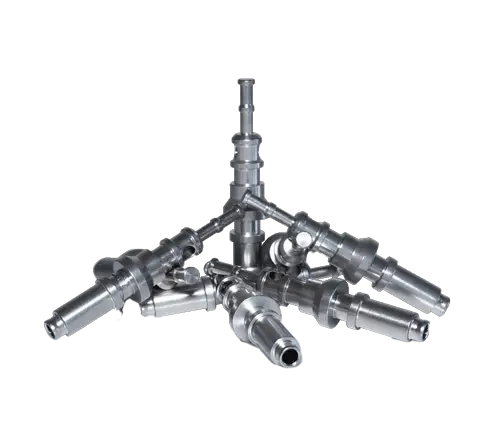
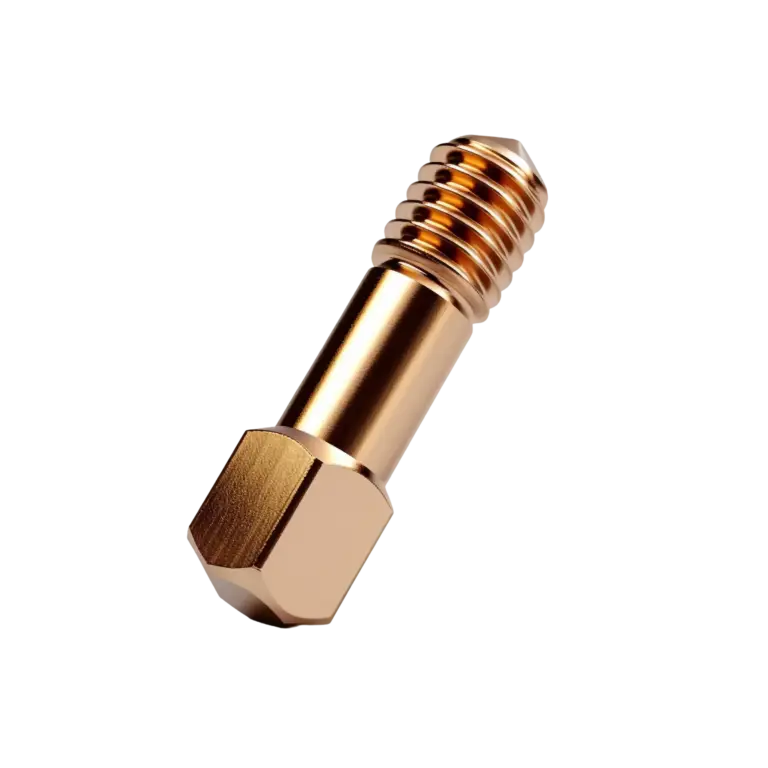
Copper and copper alloys have the natural property of oxidizing on contact with air and moisture. These surfaces can be protected against corrosion (tarnishing) with a special tarnish protection.
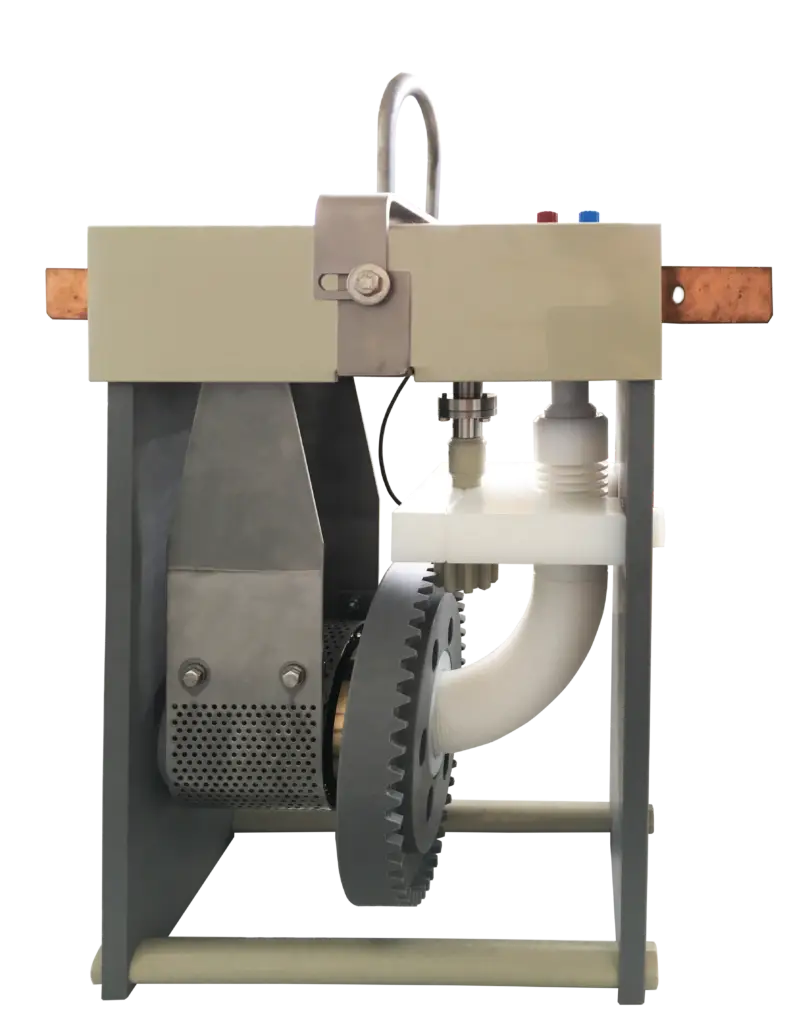
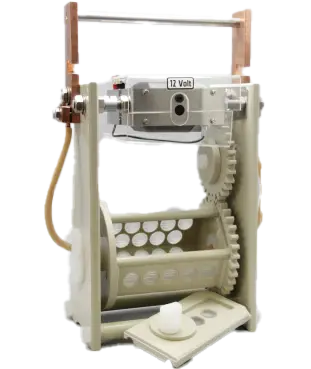
Depending on the geometry, the bulk material is
Various drum units are surface-treated.
Depending on their geometry, the workpieces are processed on a contact frame.
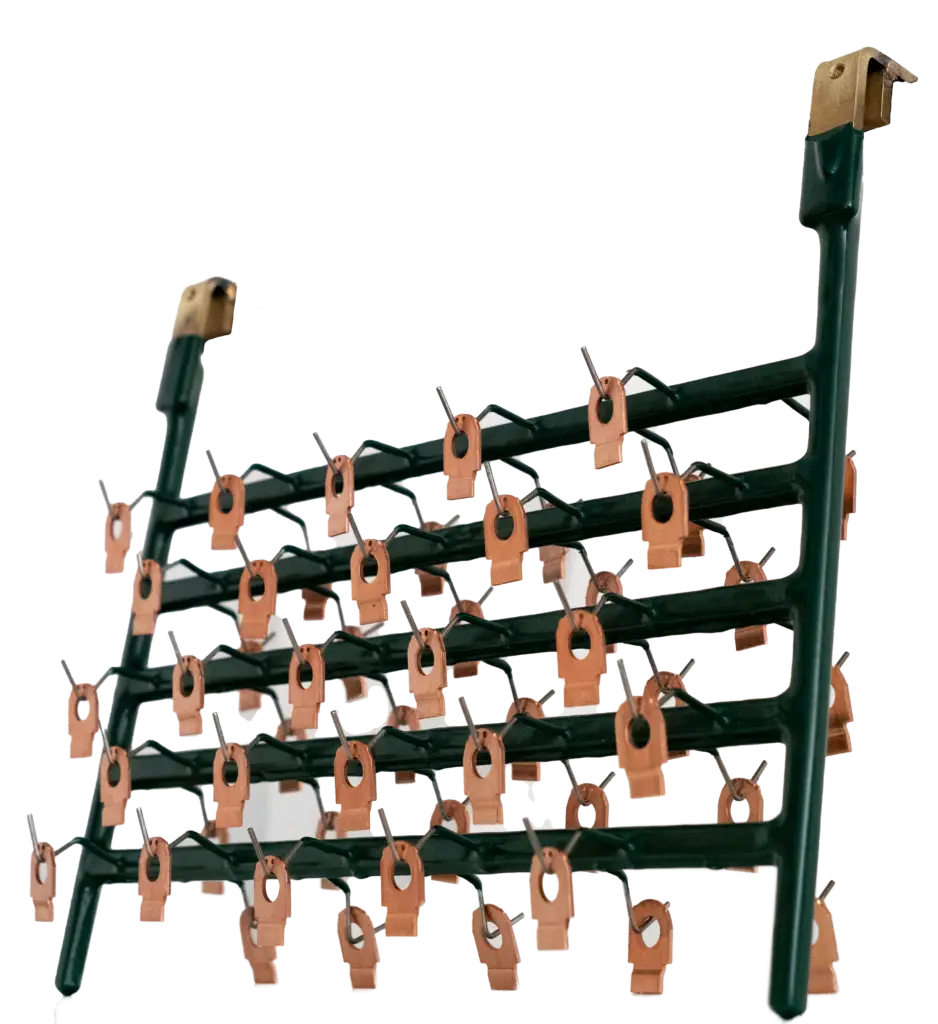
Procedure:
Galvanized according to DIN 50979 Formation of passivation layers
Coating color:
Blue (transparent; CrVI-free) | Black | Olive | Yellow
Protective property:
Improvement of corrosion protection and for
Increasing the surface hardness of the parts
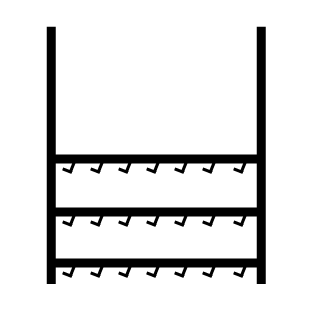
Usable rack bath size:
2000 x 350 x 750 mm
700 x 500 x 1100 mm
Rohre:
max. 500 x 1100 mm
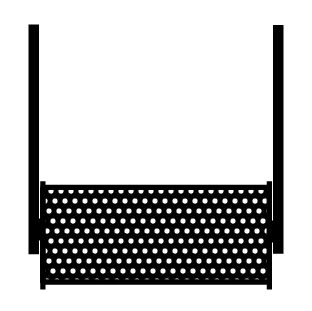
Small parts with a maximum capacity of 30 kg
max. 30 kg
Procedure:
Tin coatings on ferrous materials and copper materials according to DIN 50965 - Cu/Sn
Coating color:
white (matt)
Protective property:
Improvement of corrosion protection and for
Increasing the surface hardness of the parts

Usable rack bath size:
Max. Frame size: 450 x 400 mm
Electrolytic degreasing of steel parts, non-ferrous metals and stainless steel
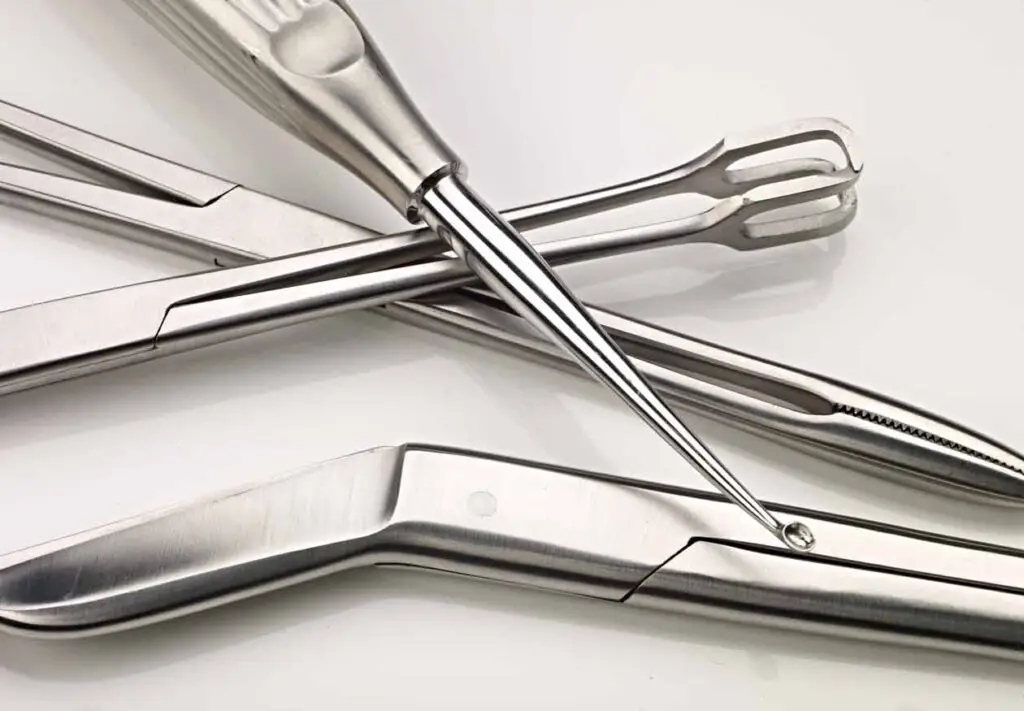
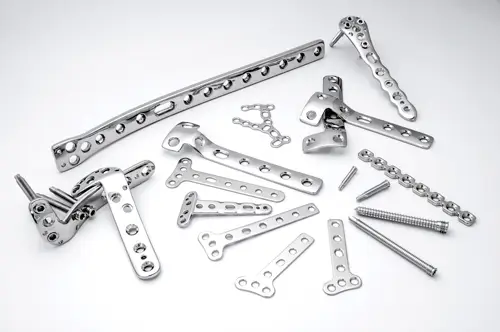
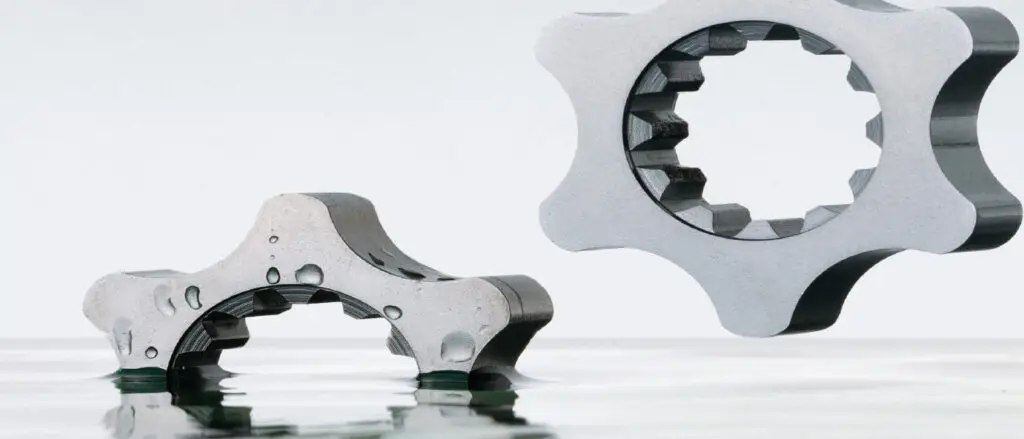
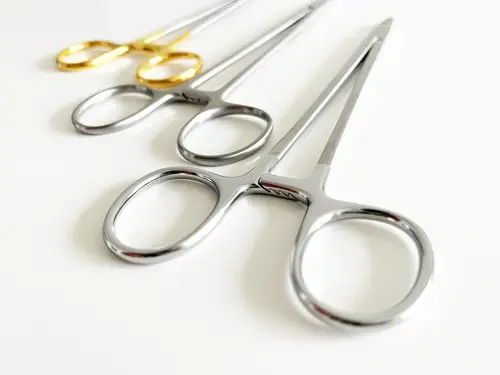
We offer all our services in our own electroplating facility. We only use our own equipment for this. This enables us to achieve the highest quality for your products and respond to your individual requirements.
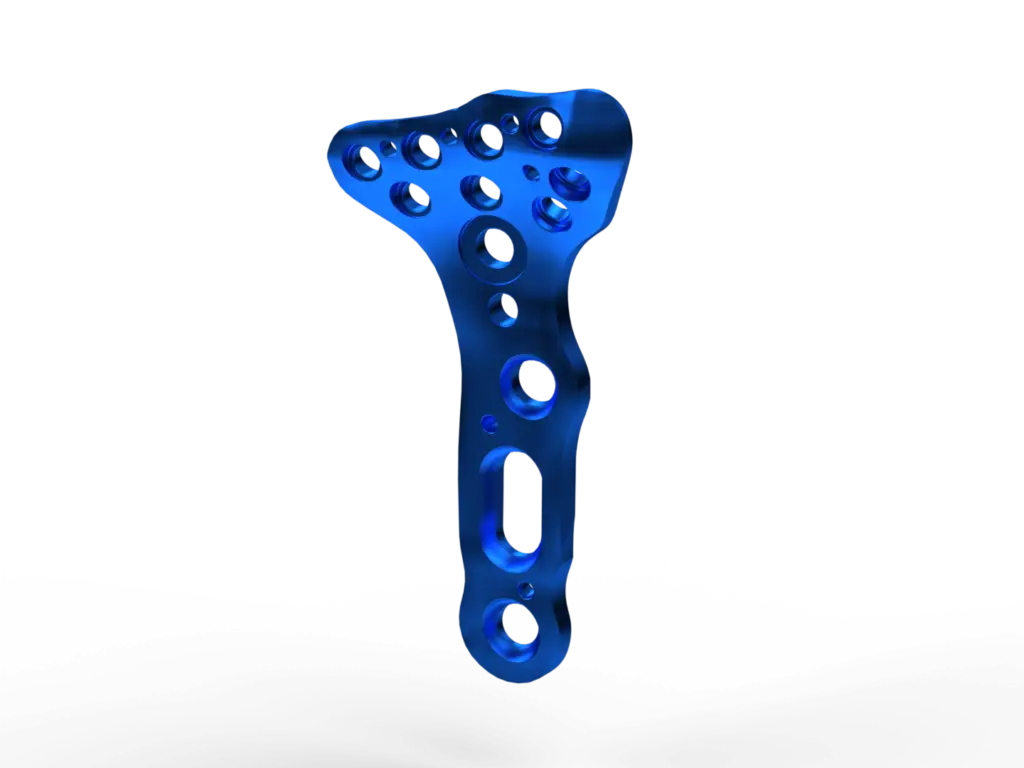
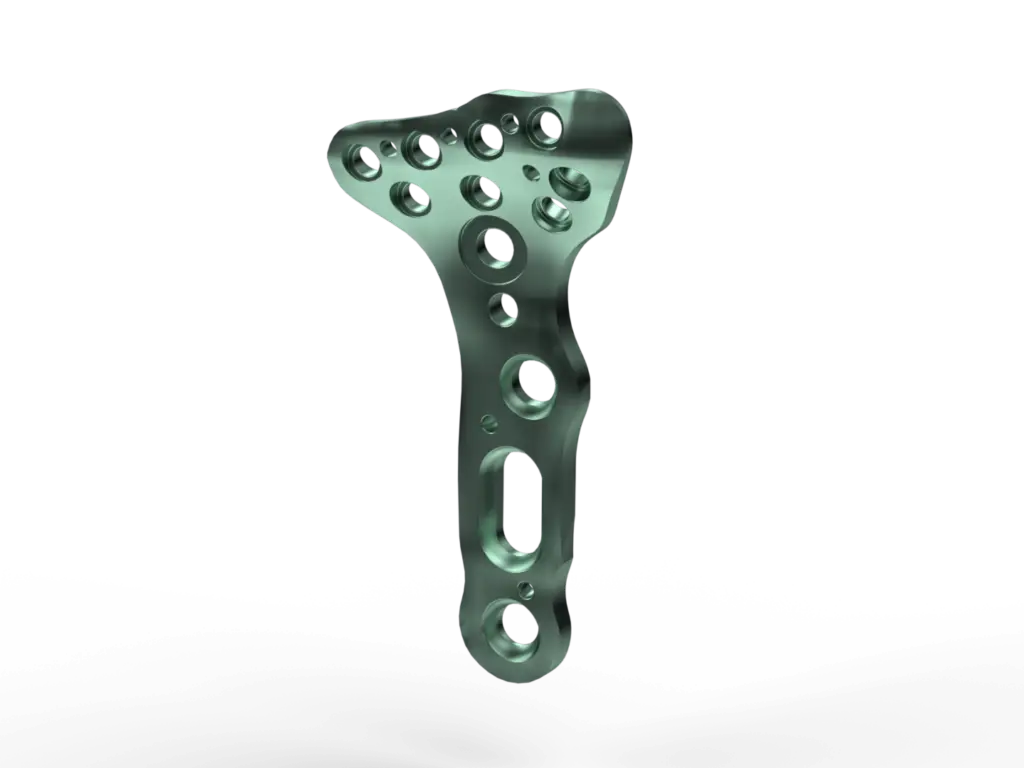
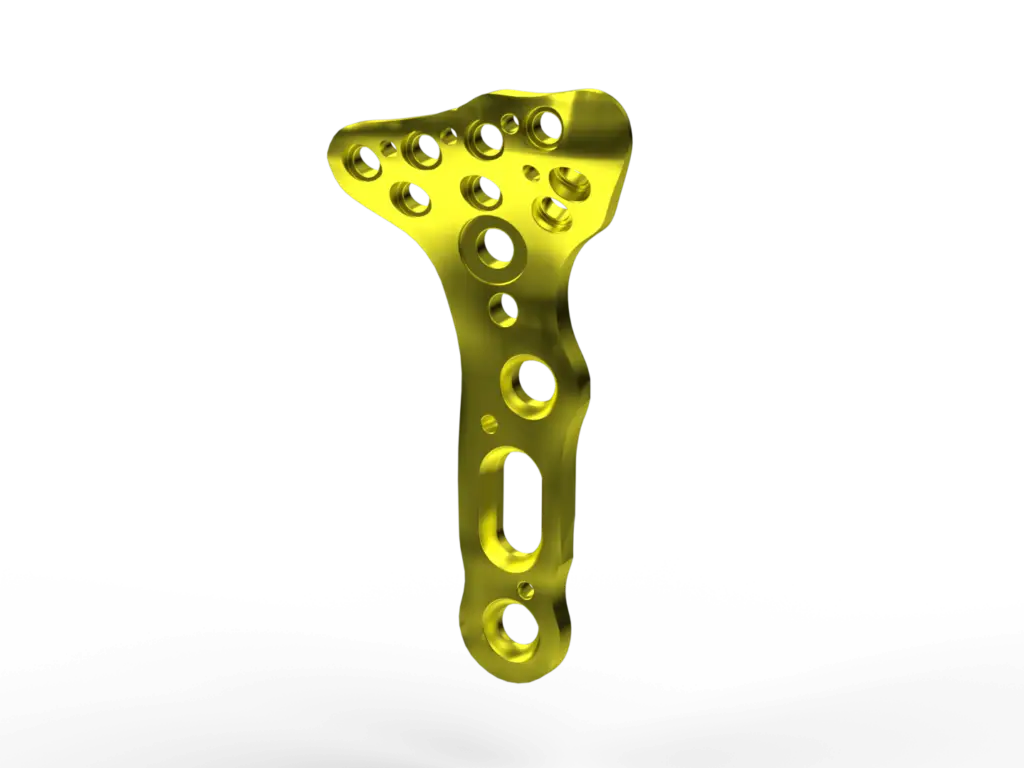
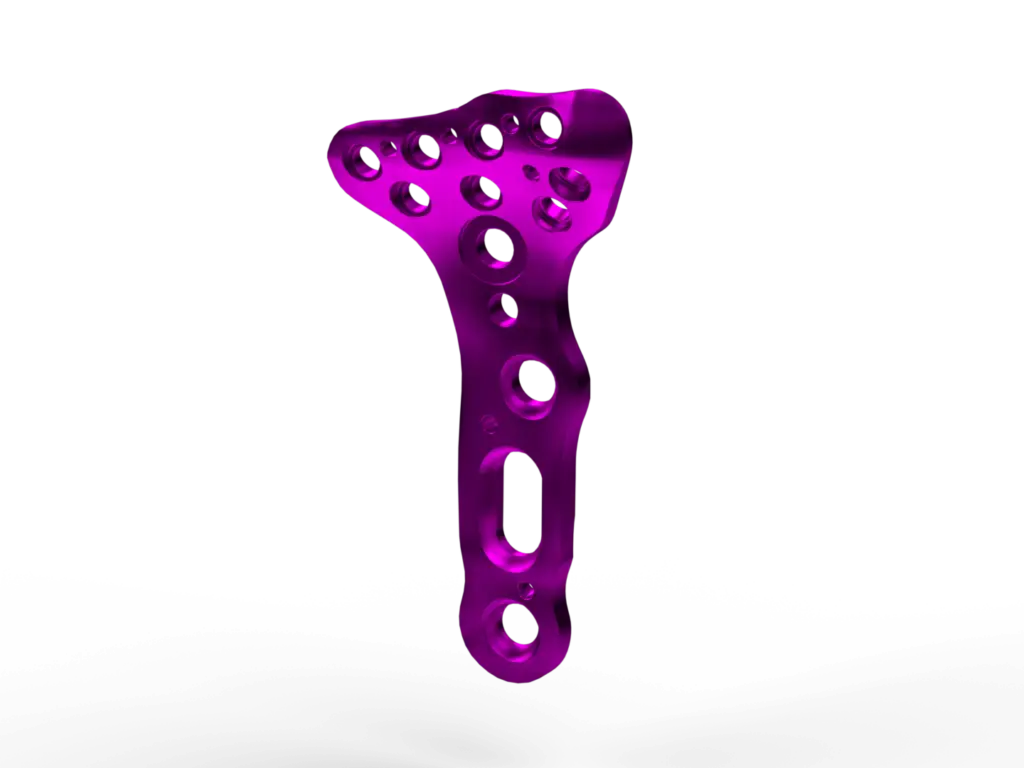
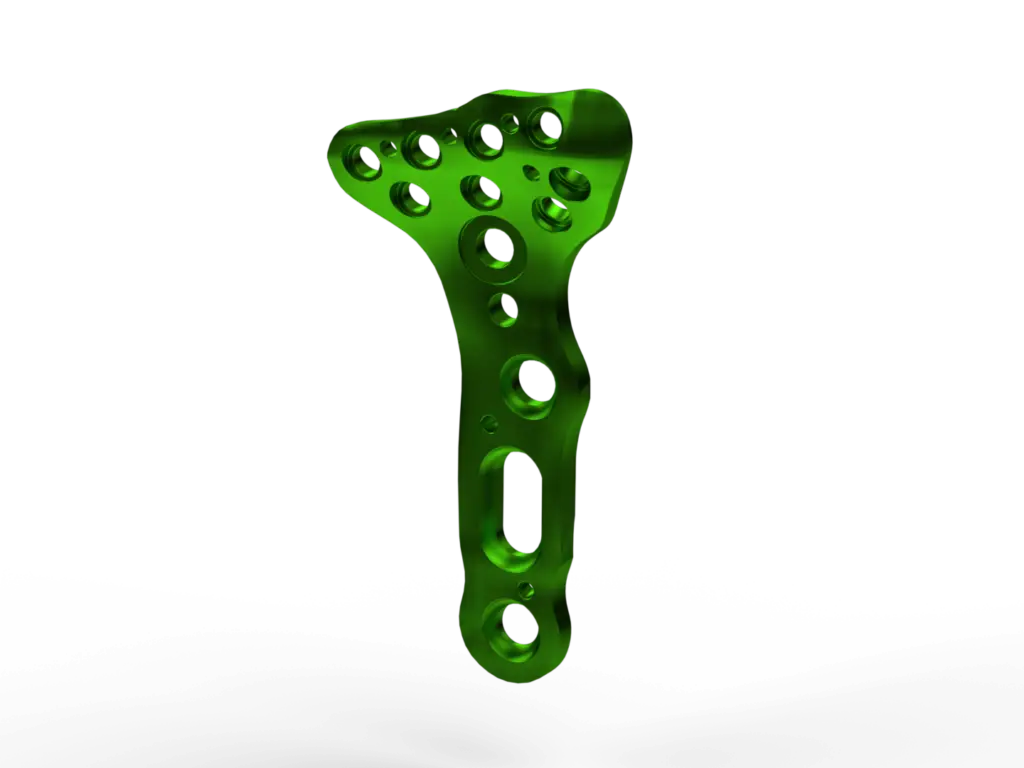
Medical parts or components made of titanium or titanium alloys are electrochemically anodized with special aqueous electrolytes. The result is a thin, firmly adhering titanium oxide layer that appears colored due to the superimposition of light waves (interference). The color palette of type III anodized surfaces ranges from titanium grey, blue, yellow, magenta to green. The main purpose of anodizing medical parts and components is to improve identification and corrosion protection. The titanium oxide layer has very good electrical insulation and biocompatibility

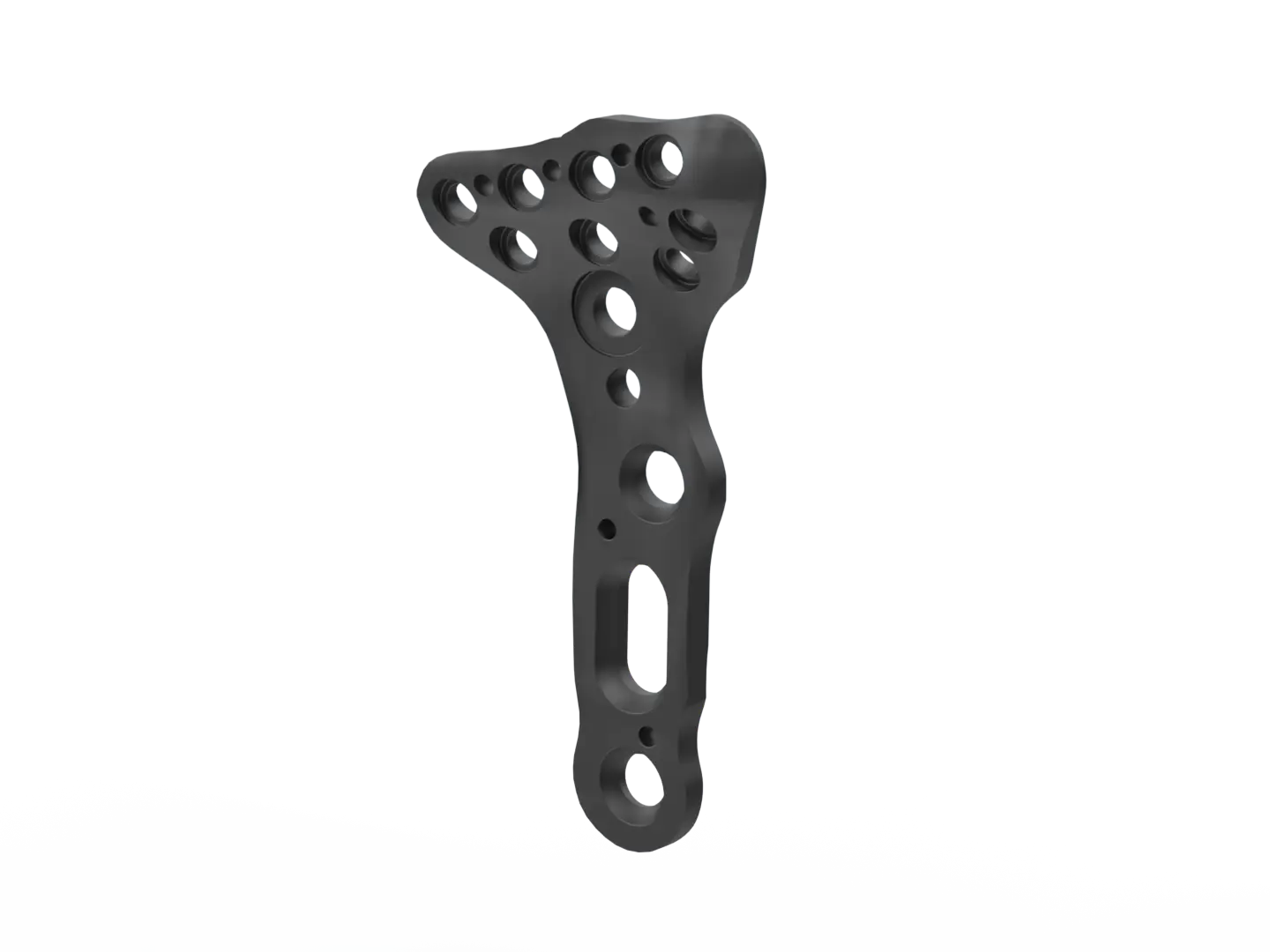
In addition to colour anodizing, grey anodizing (acidic or alkaline) can also be carried out in the systems. Type II grey anodizing is preferably used for bone plates, bone screws and bone implants. The process produces even thicker coatings and serves to improve corrosion and wear resistance.
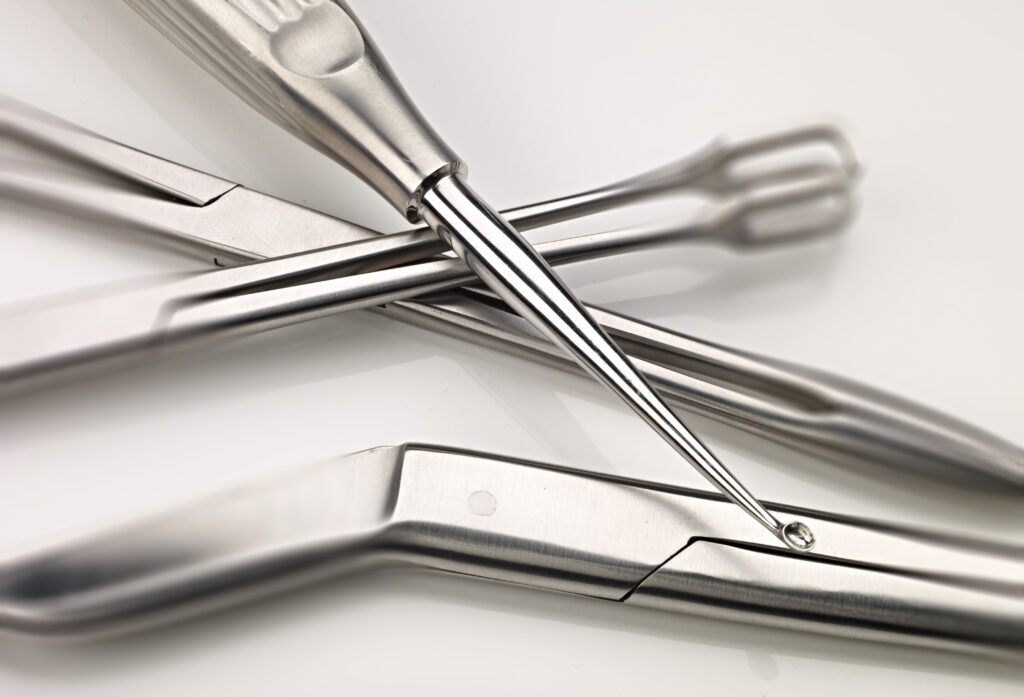
Electrochemical polishing (electropolishing) and deburring of stainless steel significantly improves the properties of the metallic surface, which has a positive effect on the durability of the individual components. Electropolishing is an electrochemical process for surface removal. The removal is carried out with special aqueous solutions using electricity in the micro range and produces a smooth and shiny surface.
Your contact to us
Sie sehen gerade einen Platzhalterinhalt von rapidmail. Um auf den eigentlichen Inhalt zuzugreifen, klicken Sie auf die Schaltfläche unten. Bitte beachten Sie, dass dabei Daten an Drittanbieter weitergegeben werden.
Mehr InformationenMarketing & Sales
